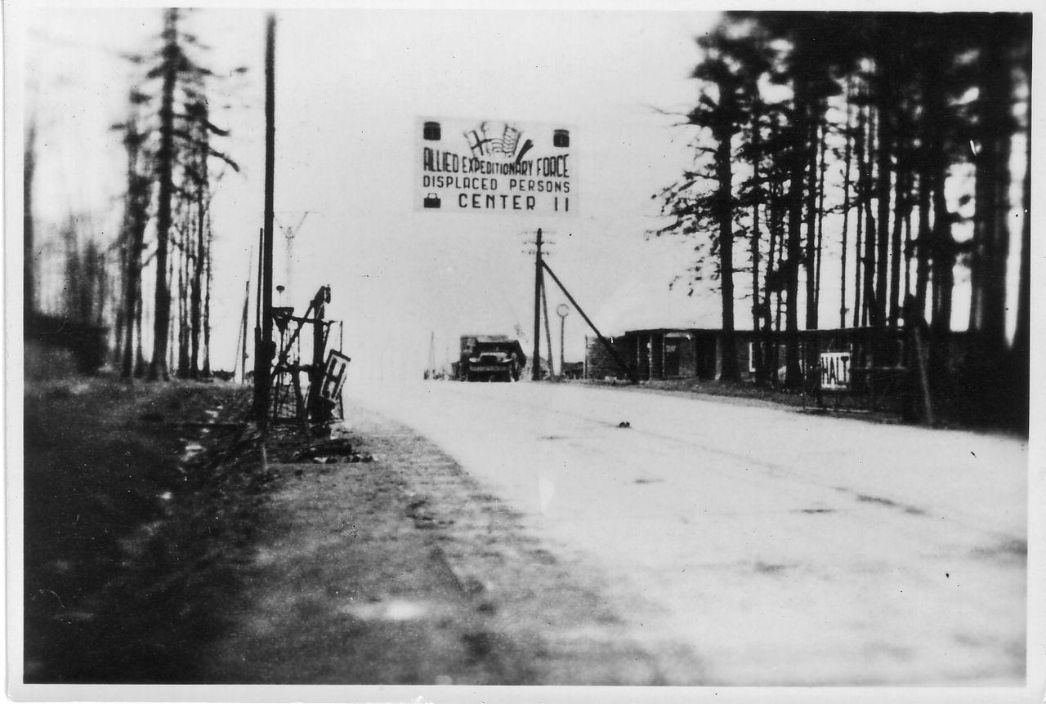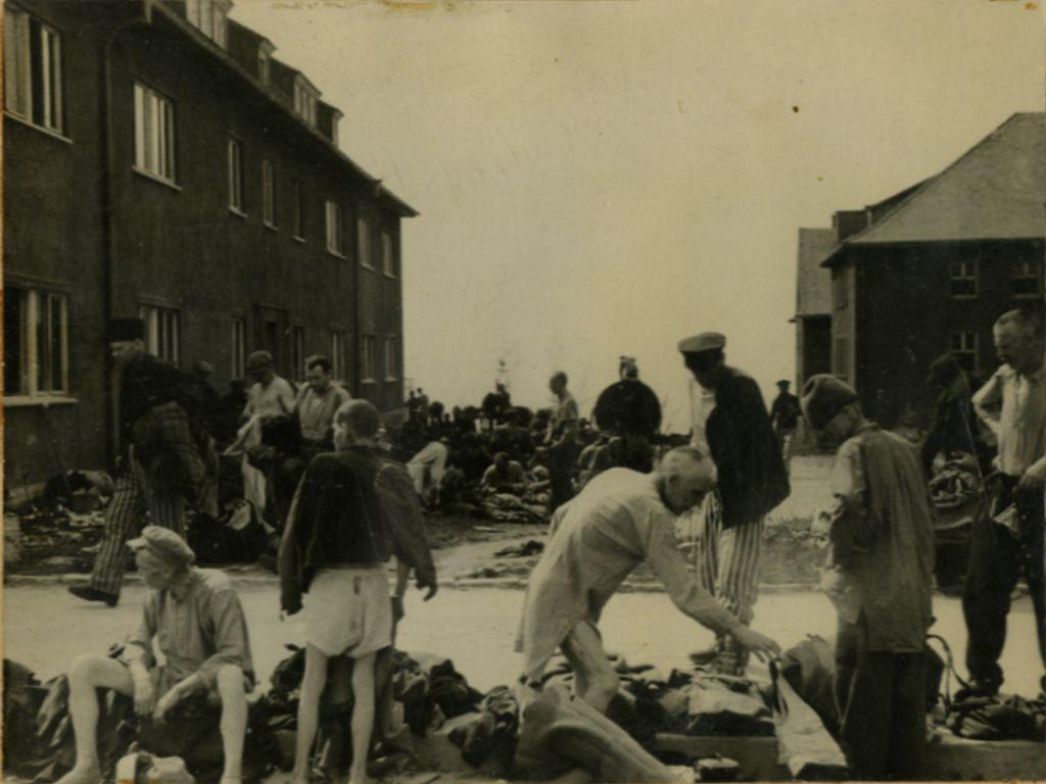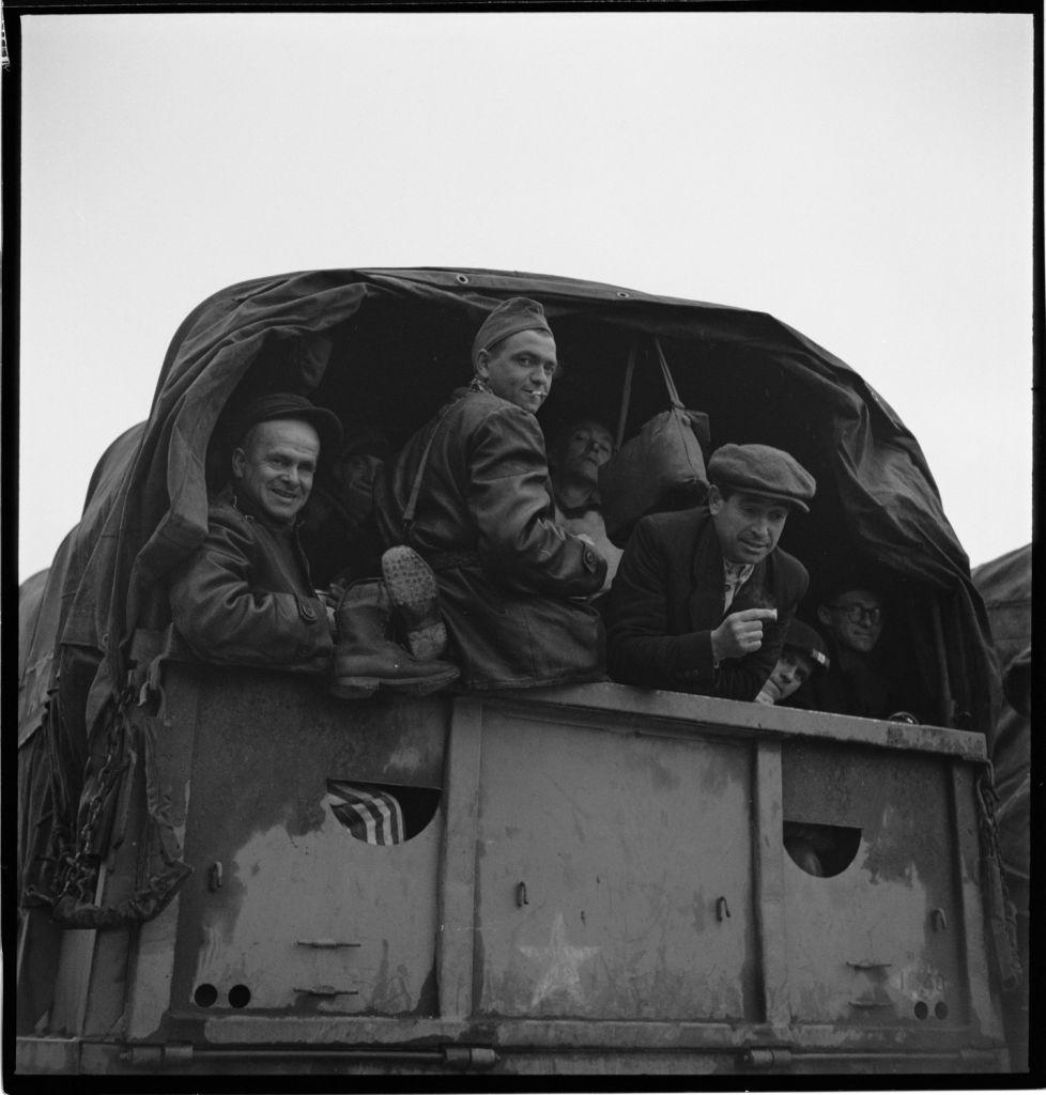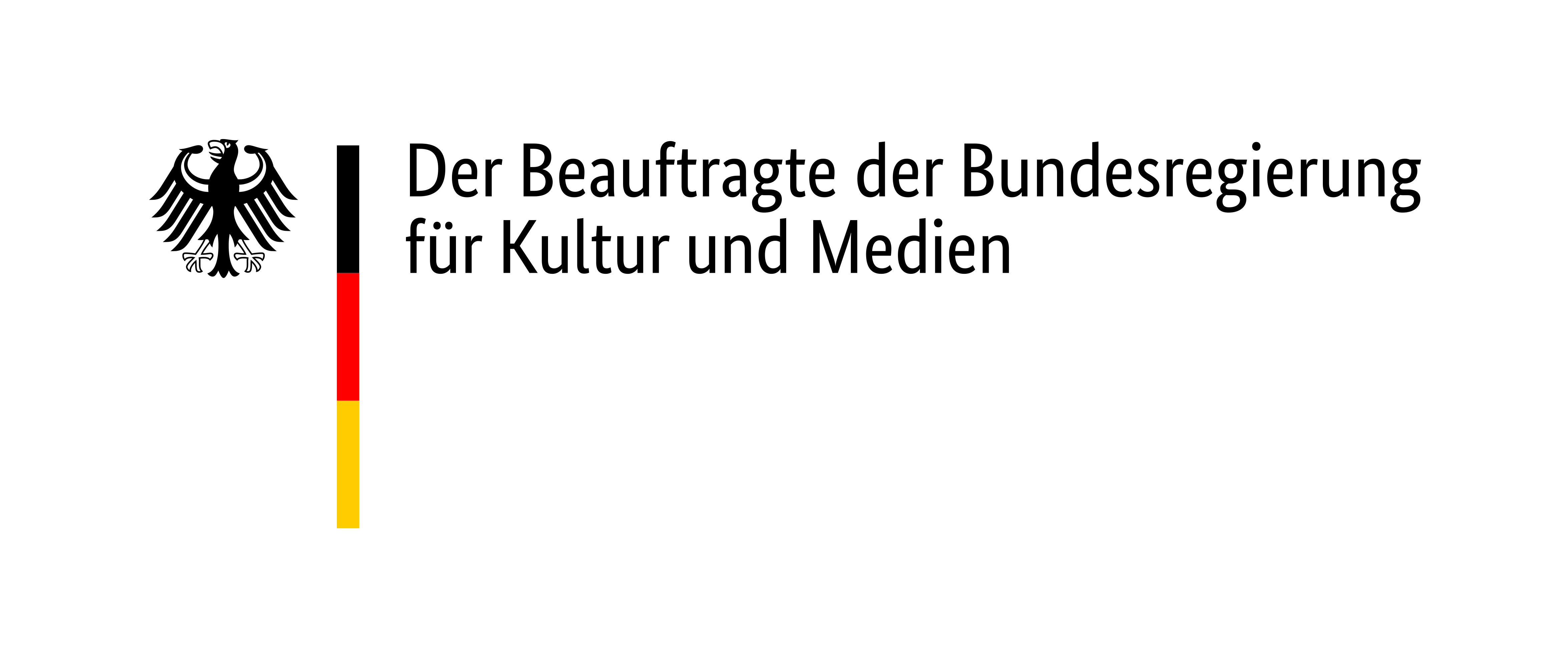On 11 April 1945, the US Army liberated the Buchenwald Concentration Camp. Together with inmates from the camp resistance group, they organised the nutrition and medical care of the survivors.
At the beginning of May 1945, personnel of the US-Army established a DP-Camp for liberated inmates and foreign forced labourers. Doctors and paramedics treated sick survivors in provisional hospitals. Former Nazi functionaries were obligated to help with cleaning duties and in the kitchen. Simultaneously, the US-Army tried to organise the repatriation of the liberated inmates to their home countries.
At the beginning of July 1945, around 14,000 people were still in DP-Camp Buchenwald. After the Soviet occupying forces took over Thuringia, the camp was used as a Soviet repatriation camp and then closed in August 1945.

On a level with the former main guard building of the Buchenwald Concentration Camp, there was the entrance to the DP-Camp Buchenwald. The West Allies used the term “Displaced Persons” for non-German liberated concentration camp prisoners and former forced labourers.

In the former SS-barracks of the Buchenwald Camp, US-soldiers set up a provisional hospital to care for liberated inmates. To contain diseases, liberated inmates had to take off their clothes before entering the hospital.

The repatriation of liberated inmates from Western Europe took place very fast. It was more difficult with people from Eastern Europe. There was very often no way back for liberated Jews because their home was destroyed, and the Nazis had murdered almost all of their relatives. Occasionally, they had to stay in DP-Camps in West Germany for years.

